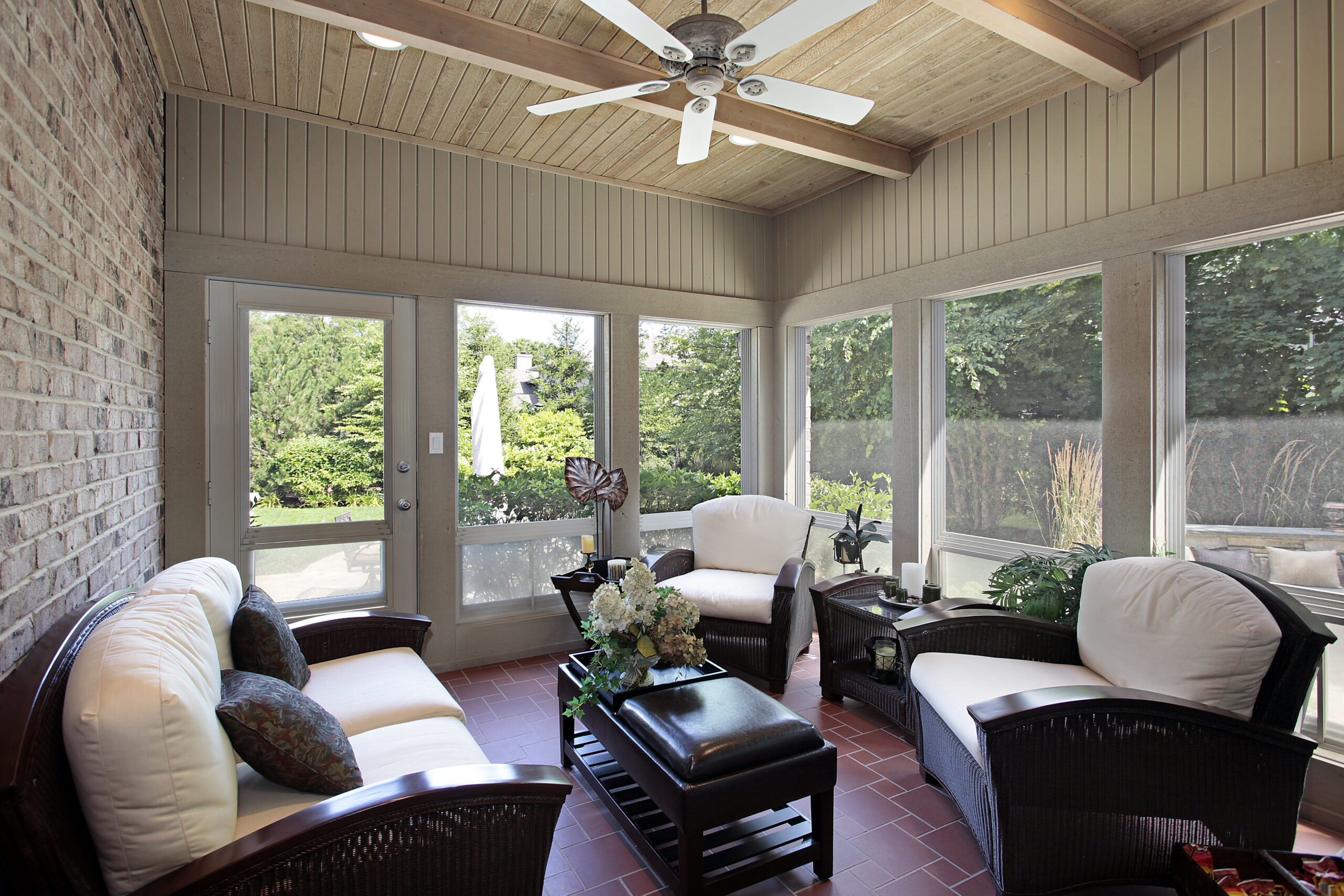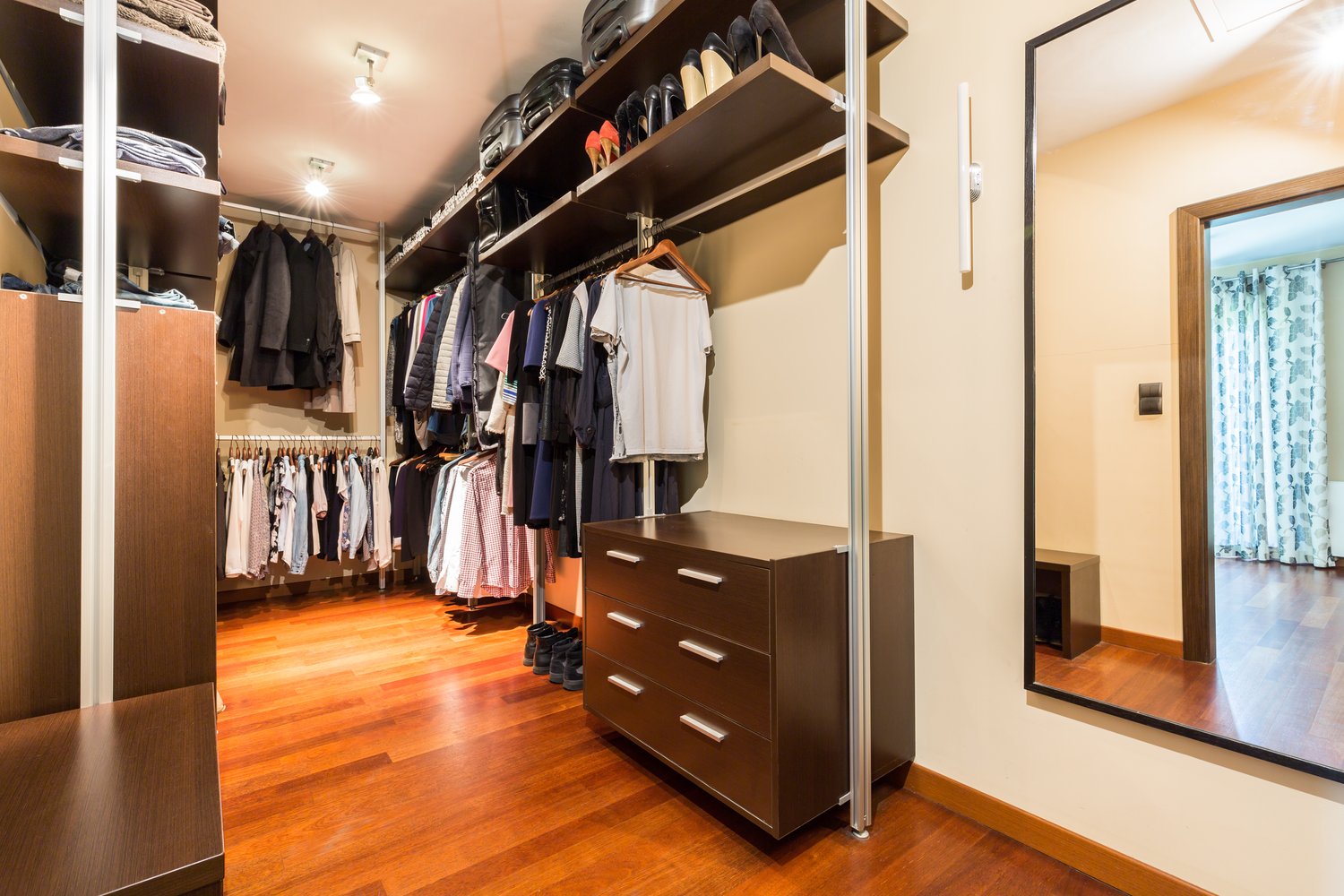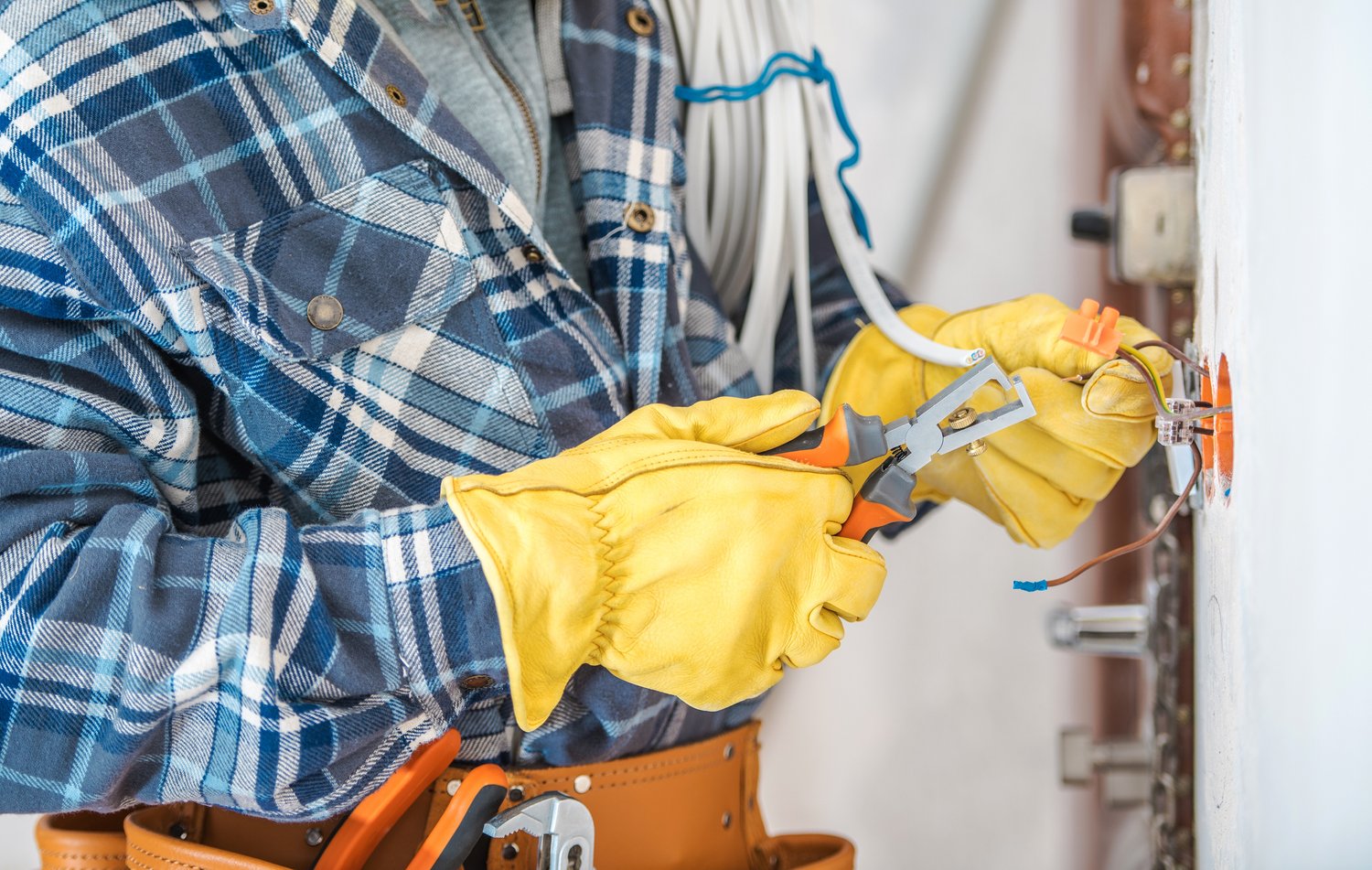Now is the ideal time to plan some smart investments in your home. If your windows are drafty, single-paned or hard to operate, now is the time to budget for energy-efficient replacements. Your family will enjoy a more comfortable living space that maintains a more constant temperature. The best replacement windows help cut down on your utility bills year-round too. To maximize your investment, consider the following.
Multiple layers of glass
Multi-layered glass is a key feature of energy efficiency. These windows have a layer of gas sealed in between that adds insulation. Before you shop for replacement windows, familiarize yourself with some important terms:
- NFRC: the National Fenestration Rating Council, which measures and certifies window energy efficiency
- U-factor: the rate at which a window allows non-solar heating and cooling to pass through
- SHGC: the solar heat gain coefficient, which is the measure of how much solar heat passes through the window
- Air leakage: how much air, if any, leaks through the window
How to apply these ratings when window shopping
When you select high-efficiency windows, look for a lower U-factor and minimal air leakage. Windows with these ratings insulate your home better, keeping your heating and cooling indoors. Typically, triple-paned windows work the best.
If you use your air conditioner most of the year, you should look for windows with a low SHGC to keep solar heat out. On the other hand, if you heat most of the time, windows with a higher SHGC admit free, environmentally friendly solar.
Low emissivity glass
Low glass emissivity is another component of an energy-efficient window. Low-E glass features a clear coating of metal oxide. This helps block heat and damaging UV from entering your living spaces. Low-E windows can ease the load on your air conditioner when it is working its hardest.
Vinyl or fiberglass frames
Your choice of window frames involves more than their appearance. Certain materials, such as vinyl and fiberglass, are smarter choices when it comes to energy efficiency. They require far less maintenance than wood frames while effectively sealing your home exterior to prevent heating and cooling losses.
Energy-efficient design features
The design of the windows you choose can make a big impact on your home’s curb appeal. It can also augment energy efficiency. For example, look for windows with warm edge spacers. These further reduce any air leakage around the window glass.
Energy Star certified
Energy Star is a government program that tests products and certifies those that pass rigorous efficiency standards. Energy Star-approved windows are your best choice for increasing your home’s energy efficiency and lowering your utility expenses.
Learn more about making your home more energy efficient by following The Home Mag on Facebook. See our ideas in action on our Instagram page too.



